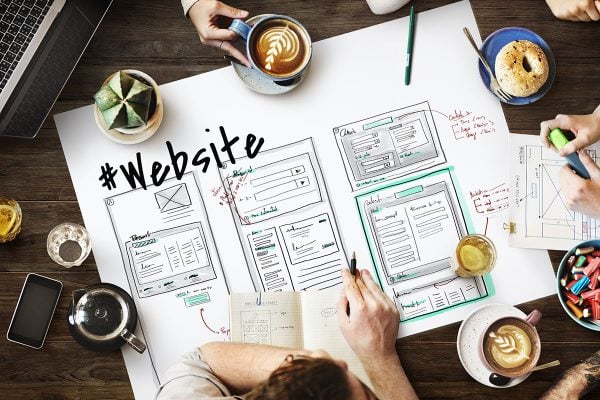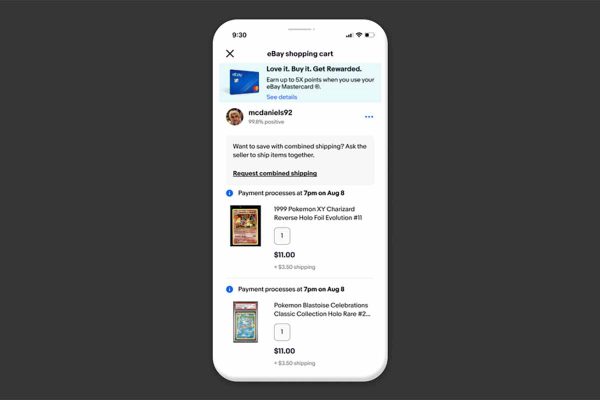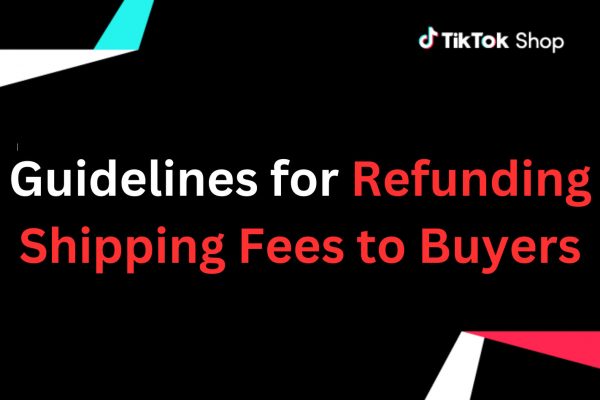You have decided what you are selling, have created a business plan and even got a logo, brand name, colour palette and a URL – now you need a website to go with it.
Getting a website up and running is one thing, but getting it right is quite another. It will be the shop window that the world sees and it will be the first impression anyone gets when they land on you – so you have to make it count.
To build an e-commerce website you have two choices:
- Get it built by someone
- Build it yourself
Here we are going to focus on how to build your site yourself. If you want to get someone else to do it then check out are advice on how to get a web developer to help you here and here.
So you are going to build your own website – great: there are many tools and platforms available for the beginner which make it easy for you to get going, You can find our Top 6 here. These will help you to create the right look and feel and can even help you integrate checkouts and more.
But before you start with that you need to consider some basic things when looking to build your site.
Select an e-commerce platform
As we have outlined you need to find a platform to host your e-commerce site. This is going to be the place where all your data about what you do, your inventory and so on all lives. It is also the place where your site will be run from. There is much to consider here and we detail some of the best here, but you have to try and pick one that offers:
- Web design – basic templates right up to you adding your own CSS and HTML
- Hosting – Unlimited high res uploads and 99.9994% up time guaranteed.
- Back-up – the hosting also includes back up of your site and data
- Marketing tools – a site that offers a range of marketing tools, including fully customizable newsletters and SEO tools
- Payment tools – as many payment options including PayPal, credit card, eChecks and more should be included
- Customer support – Online FAQs are a must; a 24 support line is pretty handy too.
Select a shopping cart
When looking at your site builder tool make sure it comes with checkout software. This is what will make your site transactional and allow you to sell things online. Ideally you need a shopping cart that offers:
- Merchant tools
- Multiple payment options
- Configuration for shipping and taxes
- Real-time statistics and reporting
- Security.
- Compatibility with your payment gateway (see below)
- Integrates with your merchant account (see below) Select payments
Open a merchant account
Your merchant account is what will handle and authorise card payments for your goods and services, checks for fraud and deposits the money into your bank account. You need to make sure that you choose one that integrates with your shopping cart, site and payment gateway. It also needs to have 24 hour turn around and offers live 24×7 customer support so you can sort out problems at any point.
Sort out your logistics
You need to think about what you delivery terms and charges are going to be so that you work these into your pricing. As a beginner you may just want slow free shipping and costly 2-5 day shipping but you need the details so that you can load this information into your product descriptions and your shopping cart.
Sort out your returns
You need to also know what your returns policy is and how it will work in practice as this all needs to be clearly detailed on your site and should be very easy for the end customer to self serve. Some site builders offer integration to returns services. If not you need to talk to your site support to find out how to put this in.
Build
Now you need to bring it all together. You need to choose a template and start to build your site with all your logos, colours and branding that you have worked out. You also need to load up all the information about each and every product – with nice images – and good text. This is the really time consuming bit, but it is essential that you get it right and get your listings right.
Once you have done all these steps, you can let yourself choose a self-build site from our list and then get building. And as you go you can check your progress against our definitive self-build checklist. Good luck.









